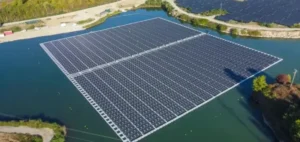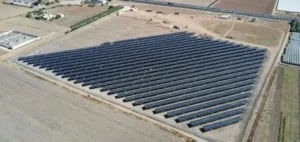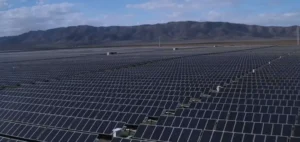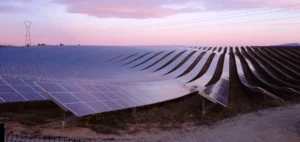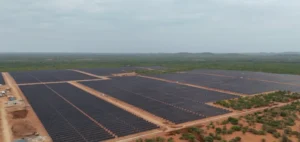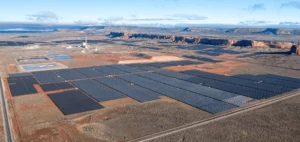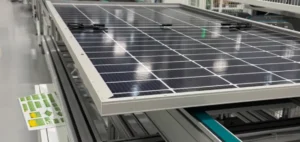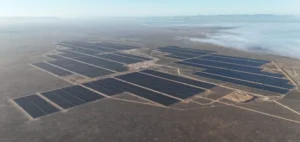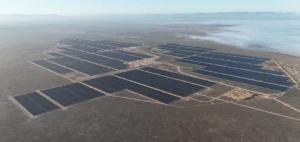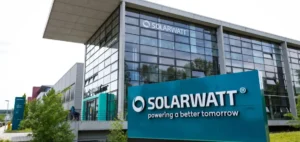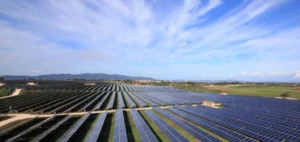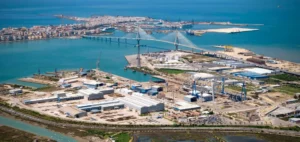Against a backdrop of energy transition, Origis Energy and Tri-State Generation and Transmission Association announce the commercial commissioning of the 200 megawatt (MW) Escalante solar project. Built on the site of the former Escalante Station coal-fired power plant, this project represents a strategic investment by Tri-State in renewable energies to meet the future needs of its cooperative members.
A diversified energy portfolio
The electricity generated by Escalante Solar will supply members of New Mexico’s Tri-State electric cooperatives, 11 of which are located in the state. This large-scale solar project will contribute to Tri-State’s goal of incorporating 50% clean energy into its energy mix by 2025, in line with state regulations. With enough capacity to power around 63,000 homes, Escalante Solar reinforces Tri-State’s strategy of diversifying its energy portfolio.
Local economic benefits
In addition to its role in the energy transition, Escalante Solar brings significant economic benefits to local communities. The project will generate approximately $7.1 million in tax revenues for McKinley County and $2.4 million for the local school district over its lifetime. In addition, the construction phase has created around 400 temporary jobs, while 4 to 6 permanent jobs will be needed for the long-term operation and maintenance of the site.
Key partnerships
The success of Escalante Solar is based on close collaboration between several key players in the energy industry. Origis Energy Services will ensure the long-term operation and maintenance of the project, while Albuquerque-based Gridworks has provided construction services. Array Technologies, a fast-growing company in the region, contributed by providing state-of-the-art solar tracking systems. This synergy between the various partners has made it possible to draw on local resources and skills, strengthening the project’s economic impact in the state.
Future prospects
The inauguration of Escalante Solar demonstrates Tri-State’s commitment to diversifying its sources of energy supply in the United States. However, this project is only one step in the company’s overall strategy to meet the future energy needs of its cooperative members in a sustainable and cost-effective way. Further investment in various energy technologies, as well as strategic partnerships with key industry players, will be necessary to ensure a successful long-term energy transition.



